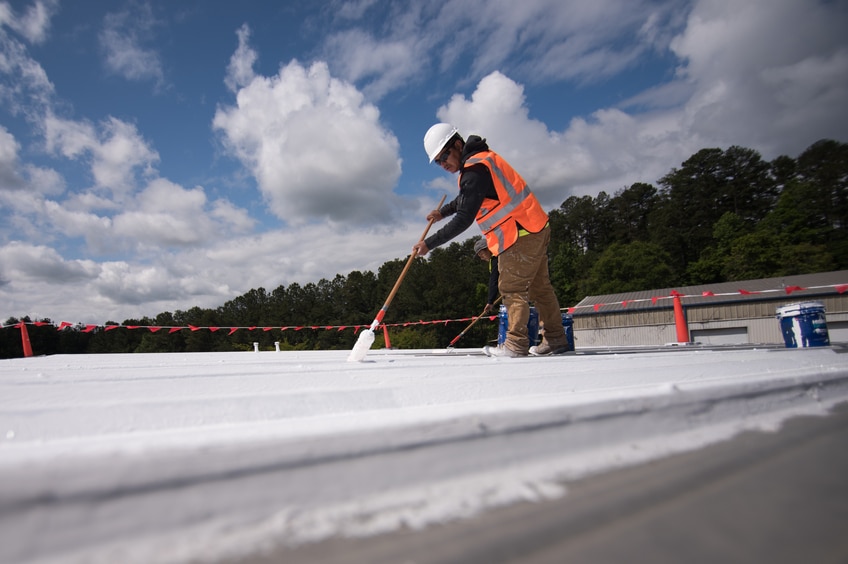Wondering how to reduce labor costs? You're not alone. According to 74% of roofing contractors who participated in the Roofing Contractor State of the Industry Report, labor costs are higher than ever.
These higher labor costs are due in part to a very real shortage of workers. In fact, 72% of commercial roofing companies state that lack of qualified roofers is their top concern. This labor shortage, coupled with work backlogs, is challenging contractors to find new ways to reduce labor costs while also increasing production.
You can't control the labor pool, but you can control the materials you use. Innovative roofing products and tools can help decrease labor costs, improve efficiency, and reduce the size of the backlogs that resulted from social distancing.
With ever-advancing technology, new roofing products allow for fewer work hours to get the same job done, a wider margin of error with less potential for callbacks, and a higher quality roof installation. Check out some of the newest technologies designed with today's roofing contractor in mind.
Speed Up Application
One surefire way to remove inefficiencies in the application process is with adhesives designed to be applied quickly. Traditional bucket and roller ahesives can slow workers down with multiple moving parts, slow cure times, and more mess. You can streamline adhesive applications with a spray adhesive that's easy to apply. One solid option is GAF Everguard® TPO Quick Spray Adhesive:
- Up to 10 squares (93 square meters) of installed membrane per canister
- For use with smooth TPO membrane
- Up to 50% faster membrane installation than with GAF traditional solvent-based bucket and roller adhesive
- Flash time is five minutes or less from time of application
Restore, Don't Replace
Tearing off a structurally sound low slope roof that still has life left in it can result in unecessary labor. Instead, consider a roof coating system designed to protect and extend the life of an existing low slope roofing system. Customers often love the speed and cost-savings a restoration can provide. One example, the HydroStop® PremiumCoat® Roof System offers big perks, including:
- No tear-off required for structurally sound roofing systems
- No heavy equipment necessary
- Three-part system includes foundation coat, fabric, and finish coat
Reimagine Roofing Accessories
How much labor time is lost to wrestling stiff roofing accessories into shape? Install faster with accessories that flex and bend into the right shape, with no need to preheat. Just hold and weld. For example, GAF Flexible TPO accessories:
- Simplify complex roof pentrations and corner details
- Flex into place - no pre-heating
- Provide protection from the elements
With an ongoing labor shortage in the roofing industry, you need your crew to work as efficiently as possible. Using the right products and being strategic about how you spend your time can help save labor, while also helping you to build a strong reputation by delivering quality roofs on schedule.
Find more contractor resources to build your business, and talk to a territory manager to learn more about which GAF products can help you save labor.

